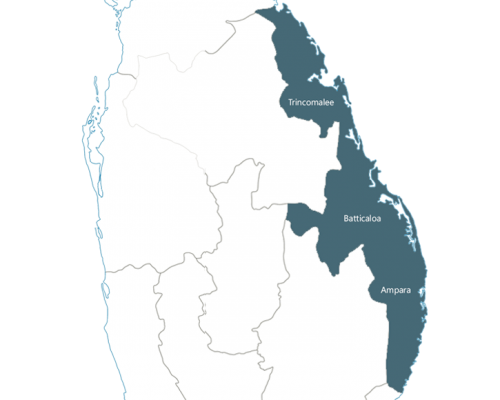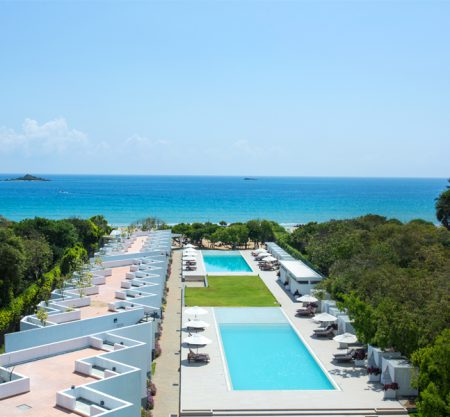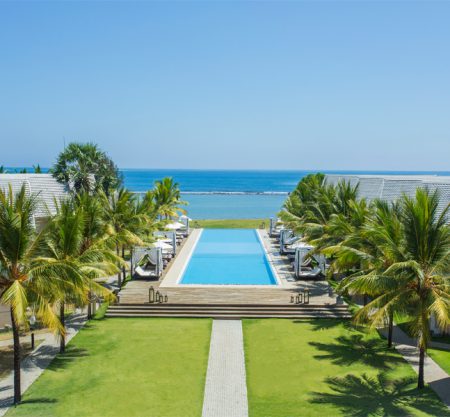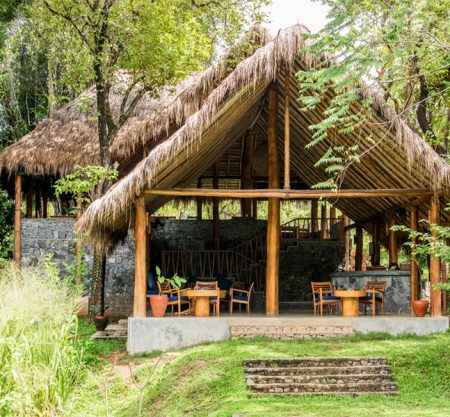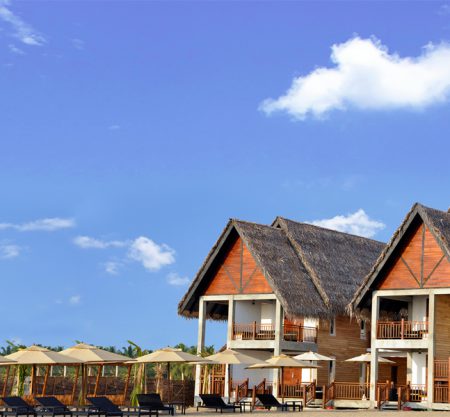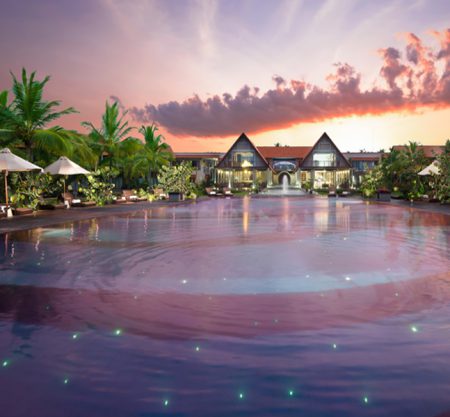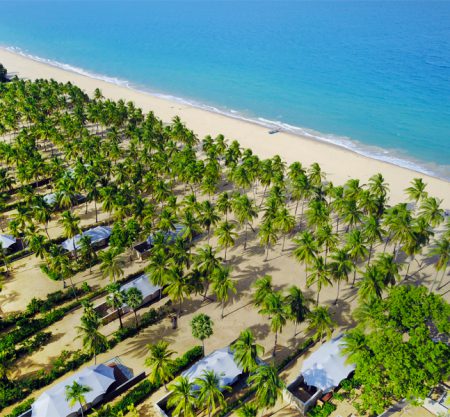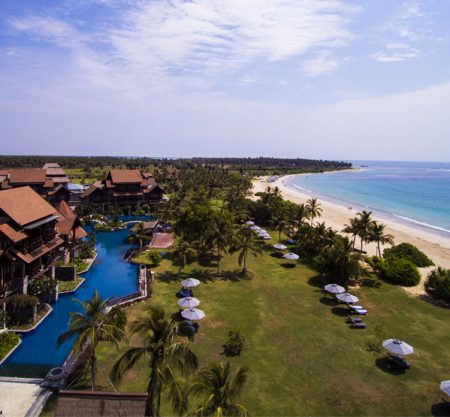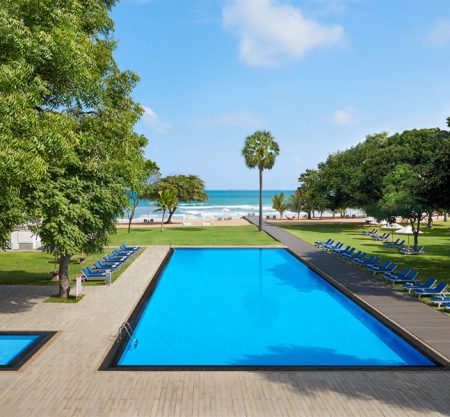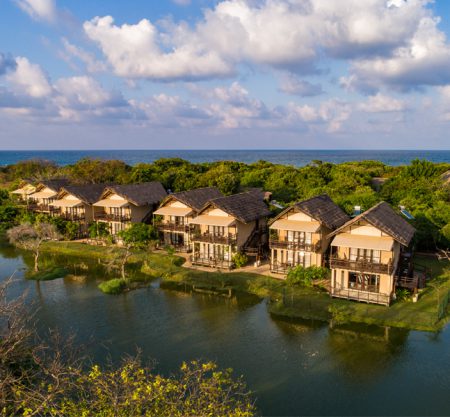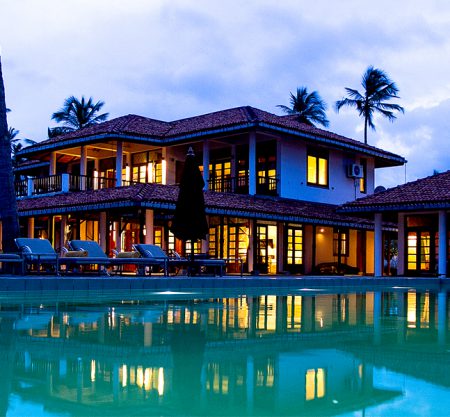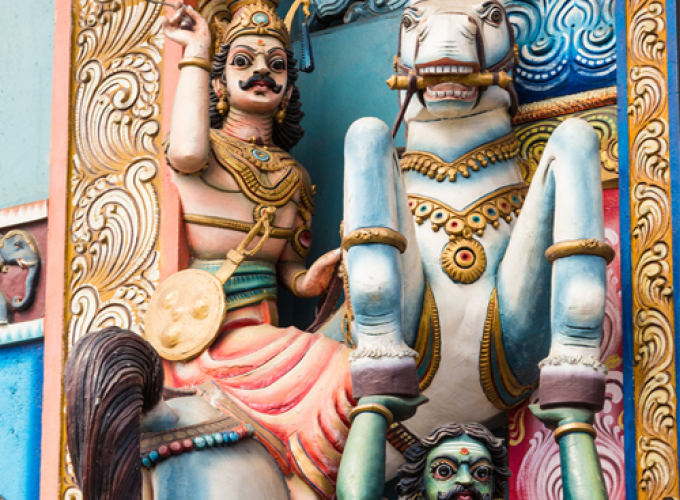Eastern Zone
The Eastern Zone of the country and the East Coast is known for its sea, touristic attractions, history and social offerings. Geographically the zone is dominated by water bodies and thus lagoons are some of the most popular tourist attractions. Having quite a diverse population cross section, Sri Lankan Tamils and Moors dominate the demographics in the zone. Total area is 996 km2 and the population is 1,551,381 (2012 stats). In the East, the wet season is mostly cloudy, the dry season is windy and overcast, and it is hot and oppressive year round. Over the course of the year, the temperature typically varies from 30°C to 34°C . The best time of year to visit is from May to October. Eastern zone is also one of the five first administration divisions to the country. All throughout the zone different worship places belonging to all ethnicities are present, these include the Hindu Kovils, Christian churches, Muslim mosques and Buddhist temples which relates to the time in history and now where all belonging to ethnic groups live in peace. The Eastern Province has a primary agriculture based economy and is commonly known as the “Granary of Sri Lanka”. It contributes 25% of national paddy production, 17% of national milk production and 21% of national fish production. The Industrial sector contributed 34% of the Province’s GDP and export processing zones like the Trincomalee EPZ and Sampur Heavy Industrial Zone have been developed to boost the Industrial sector alongside the Trincomalee Harbour which is being developed for Break bulk, Bulk cargo and industrial activities including heavy industries. The food and the culture is as vibrant as any part of the country can be, food and festivities belonging all cultures are spread around the zone.

